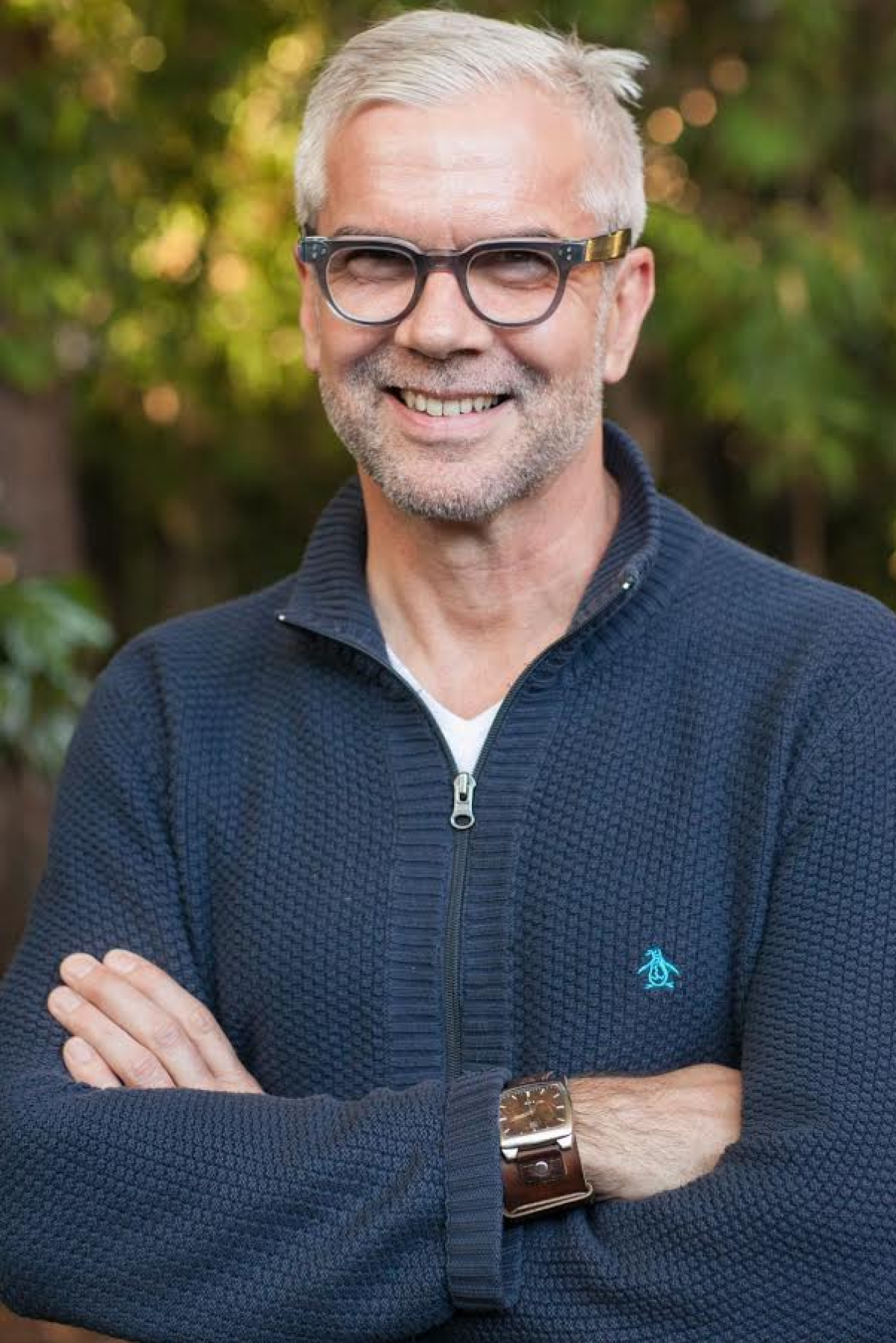Amazon announced in August 2020 that Garrett van Ryzin would be joining the company’s Supply Chain Optimization Technologies (SCOT) organization as a distinguished scientist. SCOT is responsible for designing, building, and operating the Amazon supply chain. SCOT systems manage inventory for the millions of items on Amazon, compute accurate delivery expectations for customer orders, and drive meaningful changes to Amazon’s fulfillment center network so that customers receive their packages in the most efficient way possible.
Prior to Amazon, van Ryzin was a professor of Operations, Technology and Information Management at Cornell Tech, and previously the Paul M. Montrone Professor of Decision, Risk, and Operations at the Columbia University Graduate School of Business. His university research work has focused on algorithmic pricing, demand modeling, and stochastic optimization.
van Ryzin was also the head of marketplace optimization at ridesharing companies Lyft and Uber, where he led teams that developed models for a variety of functions, such as optimally dispatching drivers to riders, and developing pricing models and driver pay systems that improve market efficiency. Interestingly, van Ryzin’s paper that he wrote while pursuing his PhD at MIT “A Stochastic and Dynamic Vehicle Routing Problem in the Euclidean Plane” imagined a world of on-demand transportation as far back as 1991.
During his career, van Ryzin’s work on complex revenue management problems has enabled businesses across diverse industry sectors to get the most out of their limited capacity. To give just a few examples, van Ryzin’s research has enabled airlines to make a series of large-scale, dynamic and sequential decisions to determine the optimal price of a ticket at a particular moment in time. Retail companies have used similar dynamic optimization to manage inventory levels and prices for different products to maximize revenue.
What I find particularly interesting are problems that move beyond the constraints of optimizing within the system, to actually redesigning the system itself.
However, at Uber and Lyft van Ryzin tackled a new business environment, where revenue maximization wasn’t the primary goal. Instead, van Ryzin’s teams focused on optimizing more immediate metrics that were vital to the very survival of their services: service reliability, driver productivity, and growth.
For example, having a sufficient number of idle drivers at any given time is critical to maintaining throughput in ridesharing services. Surge pricing, a mechanism that van Ryzin’s team at Uber optimized, maintains an efficient level of idle drivers and encourages more drivers to get on the street during peak hours when they are needed the most.
van Ryzin sees technology-enabled service providers — be it at a ridesharing company like Lyft or the Fulfilled by Amazon (FBA) service — as transformational. Only a few decades ago, businesses like these weren’t viable ways to organize service delivery due to high transaction costs and lack of real-time information. However, technology has radically improved information exchange and reduced transaction costs, which allows independent sellers to sell their products on Amazon much more efficiently than they could on their own.
In this interview, van Ryzin spoke about the different facets of market optimization, the intricacies of making automated decisions at scale, managing system complexity using approximation and decomposition ideas, and why he joined Amazon.
Q. What are the different elements of optimization?
I’d like to think of optimization being made up of human, technical and operational elements.
At a human level, the understanding of behavioral economics is absolutely critical. You have to create the right incentives for both suppliers and buyers to drive efficiencies. This is especially important for companies like Amazon that have many buyers and sellers participating and a high degree of decentralized activity.
In addition to the human considerations, you also must develop a deep understanding of the technical elements of how these marketplaces work – the capabilities and limitation of the technology – which in turn allows you to gain insights into what structural changes are possible.
Finally, building services like Amazon that provide physical goods and services is a much more complicated endeavor than developing a service for trading virtual entities like stocks or mutual funds. To give just one example, at Amazon we are shipping actual, physical goods. This means the underlying physics of the infrastructure and the different operational elements are critical. So you must also think about your service in terms of factors like product weight and size, labor requirements, storage capacity, inventory levels, and lead times.
From a scientific perspective, there are several open questions in all three elements of market optimization. A fundamental one is determining the best approach to take to develop models to drive efficiency.
One approach is to develop structural models from first principles. For example, you could make an assumption that consumers are utility maximizers, develop a utility function and identify the parameters that constitute this utility function.

You could also take a radically different approach and build models based only on the underlying data – where you draw inferences from what the data alone tells you. Here, you’re not worrying about why something happened. Rather, you can use ideas from machine learning to estimate and refine predictive models without trying to understand the underlying mechanics.
What I find particularly interesting are problems that move beyond the constraints of optimizing within the system, to actually redesigning the system itself. The ‘Wait and Save’ feature my group developed at Lyft is a good example. This product allows riders to opt into waiting for ten to fifteen minutes for a ride rather than having all rides be on-demand. In exchange for waiting, riders get a lower price. On the technology side, what we are doing here is actually changing the product in order to make the marketplace more efficient. I’ve always found there’s a lot more leverage in changing a system rather than optimizing within a fixed system. It’s a lot trickier though because big structural changes often mean you have to get users comfortable with entirely new products or a completely new way of using the system.
Q. How do you account for the uncertainty and complexity inherent in large systems?
Approximation is at the heart of optimization because you can never fully represent the full complexity of a real-world trading system. For example, if a consumer places an order on Amazon, you have to make several sequential decisions with complex interactions. Which fulfillment center should I take that order from? Should I place the items in the same box or should I pack them in different boxes? How will fulfilling this order impact the availability of inventory for the next order that comes in for that product? And how will it affect the available capacity of my local delivery assets?
You can develop approximation models by using a rolling horizon approach. This involves taking a best guess for what the future entails, and then updating your estimate for the future as and when you get new information. Or you could do something that’s far more sophisticated: build simulations of the future, and use sampling techniques to guide your decisions. You can also utilize reinforcement learning where you fit value functions to historical actions to arrive at decisions that are continually refined based on data.
Decomposition is also an important strategy for dealing with the interconnectedness of the different elements of the system. In large systems such as Amazon, everything is related to everything else. Supply affects costs, which affects pricing, which in turn affects demand, which affects dispatch, and so on. Ideally, you’d want to arrive at decisions by taking the whole system into account. However, the size of any real-world system makes this impossible. Any model you arrive at will be too complex, and you’d require a large amount of time to compute anything reasonable.
I’ve always been attracted to the idea of helping drive innovations to get people the basic, physical necessities that are essential to how they live.
This is where decomposition comes in. You can break the system down into individual components – such as dispatch models, pricing models, inventory models and so on. The challenge here is to get these different models to collaborate. You don’t want scenarios where they are working at cross purposes with each other. For example, you don’t want one model trying to get rid of an item and have another model actively trying to replace it. In cases like these, you can drive coordination between different models using an internal price or some other mechanism that’s common to all the models.
These are just some of the trickiest issues in optimization, and I’m excited to be at Amazon where a lot of the innovation in these areas is taking place.
Q. Why did you decide to join Amazon?
I’ve always admired Amazon as a company because of its incredible track record of innovation across so many areas. I remember shopping at Amazon when they just sold books. And today, you have Amazon Studios, AWS, Amazon Devices, Alexa and even Project Kuiper where Amazon is putting up over 3,000 satellites in space.
Amazon is a company that excels at understanding economic opportunity and then building products and services that customers value. I’ve only been here for a few months, but I can already see how the company’s unique culture helps it be so successful across so many areas.
I also admire the company’s long-term perspective. Amazon doesn’t make decisions based on driving quarter-over-quarter performance. Amazon is willing to stick with ideas for many years. This appeals to me as a scientist as in my experience, sticking with the right idea over the long term is essential to making fundamental breakthroughs.
At SCOT, I’m excited to have the opportunity to contribute across so many areas, from FBA to last-mile delivery. Over the last few months, Amazon has helped so many people across the world get essential items during the pandemic. I’ve always been attracted to the idea of helping drive innovations to get people the basic, physical necessities that are essential to how they live.


















